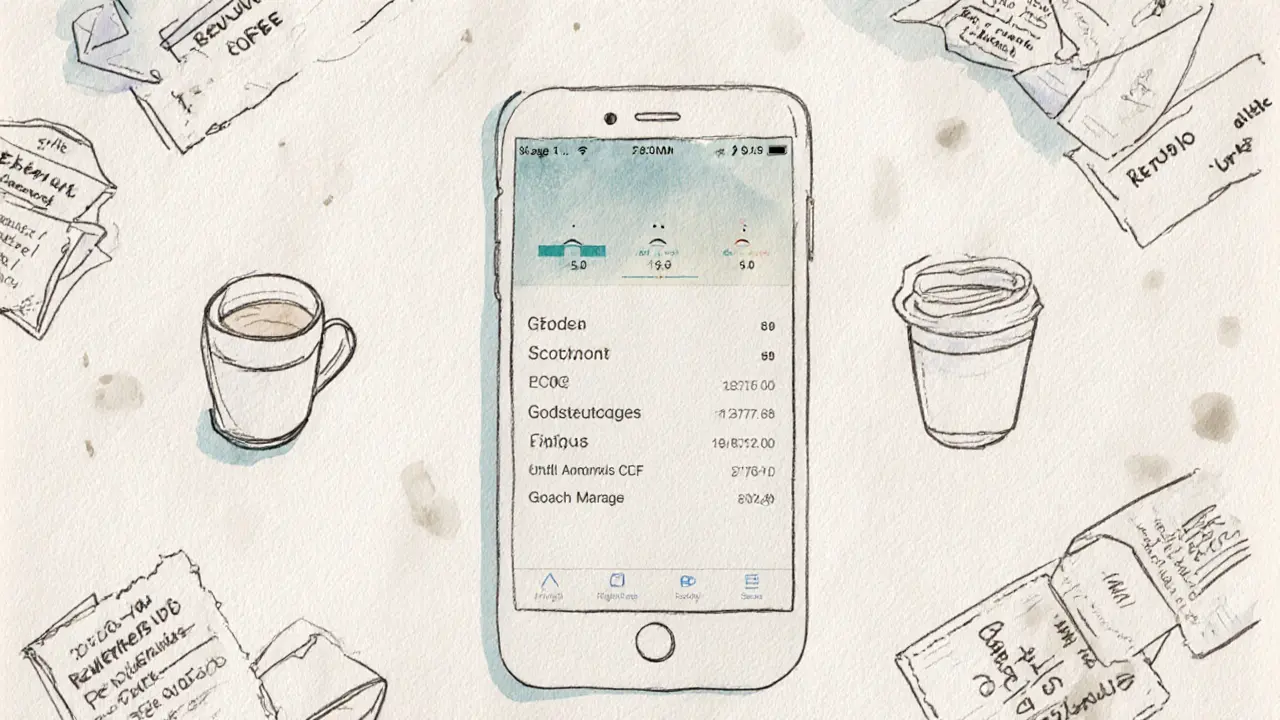Bitcoin Remittances: How People Send Money Across Borders Without Banks
When someone sends money to family in another country, they usually pay high fees and wait days. But Bitcoin remittances, the use of Bitcoin to transfer value across borders without traditional banks. Also known as crypto remittances, it lets people send money in minutes with fees under 1%—even in places where banks block them. This isn’t theory. It’s happening right now in Nigeria, Philippines, Mexico, and even under Taliban rule in Afghanistan.
Why does this matter? Because over 200 million migrant workers send money home every year. Traditional services like Western Union charge 6-8% on average. With Bitcoin, they can send USDT or BTC through peer-to-peer platforms like LocalBitcoins or Paxful, and the recipient cashes out locally via trusted traders. In countries like Venezuela or Pakistan, where inflation eats savings or banks freeze accounts, Bitcoin becomes a lifeline. It’s not about speculation—it’s survival. And it’s growing because it works. The same tech that lets someone in China bypass the 2021 crypto ban also lets a worker in Kenya send cash to their sister in Somalia without a single bank touchpoint.
It’s not perfect. There are risks: scams, volatile prices, and the need for someone on the other end who knows how to cash out. But the core idea is simple: if you can get internet and a phone, you can send money anywhere. This isn’t just finance—it’s freedom. The posts below show real cases: how people in restricted countries use P2P crypto to move value, how underground networks keep remittances alive under bans, and why stablecoins like USDT are the real heroes behind the scenes. You’ll see what works, what doesn’t, and who’s actually using this—not the hype, but the hard truth.
How El Salvador Uses Bitcoin for National Economy
El Salvador made Bitcoin legal tender in 2021 to cut remittance costs and boost financial inclusion. But years later, adoption is low, the IMF intervened, and the experiment has largely failed to deliver on its promises.
VIEW MORE
